
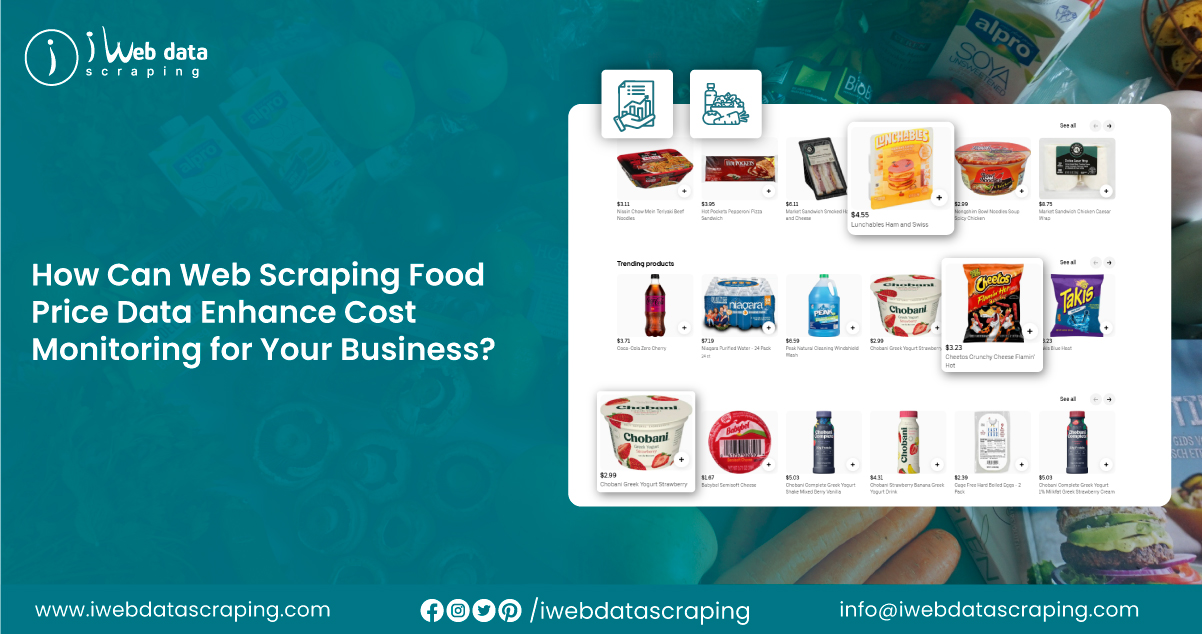
In 2025, as global food markets become more complex, the role of data in optimizing pricing strategies has never been more critical. One key tool businesses in the food industry increasingly turn to is food price scraping. By leveraging techniques for Web scraping food price data for cost monitoring, companies can monitor food prices across multiple platforms in real time, ensuring they remain competitive and maximize profitability. From grocery stores to food delivery apps, tracking and analyzing food prices is vital for businesses seeking to navigate the challenges of inflation, supply chain disruptions, and changing consumer behavior.
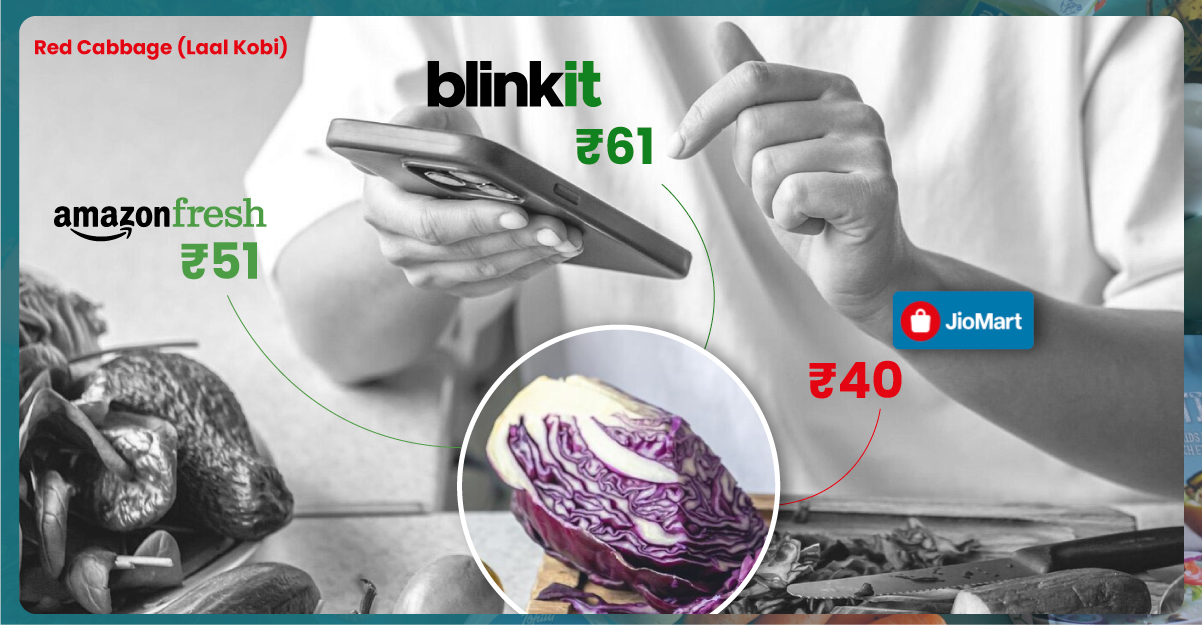
Food price scraping is an essential practice for businesses involved in the food supply chain. Web scraping food price data for cost monitoring helps companies stay informed about price fluctuations across regions, suppliers, and markets. By automating pricing data collection, businesses can gain insights into how different factors—such as seasonal trends, geopolitical events, and supply chain issues—impact food costs.
Having access to real-time price data allows for more accurate forecasting and budgeting for grocery stores, restaurants, wholesalers, and even food delivery platforms. This is especially important in 2025, as the food industry continues to face uncertainty due to inflation and other market pressures. By scraping food prices, businesses can track costs across different categories, allowing for better decision-making in terms of inventory management and pricing strategies.
The advantage of real-time data is significant in today’s fast-paced business environment. Real- time food price tracking using data scraping enables companies to monitor price changes as they occur, allowing them to respond quickly to market fluctuations. Whether tracking price increases from suppliers or identifying competitor pricing strategies, having access to up-to- date pricing data allows businesses to remain agile and competitive.
Real-time food price tracking also plays a crucial role in dynamic pricing models. For example, e- commerce food platforms and delivery services can adjust their prices based on market conditions, such as food costs or demand surges during specific times of the year. This adaptability can help businesses remain profitable and attract customers by offering competitive pricing.
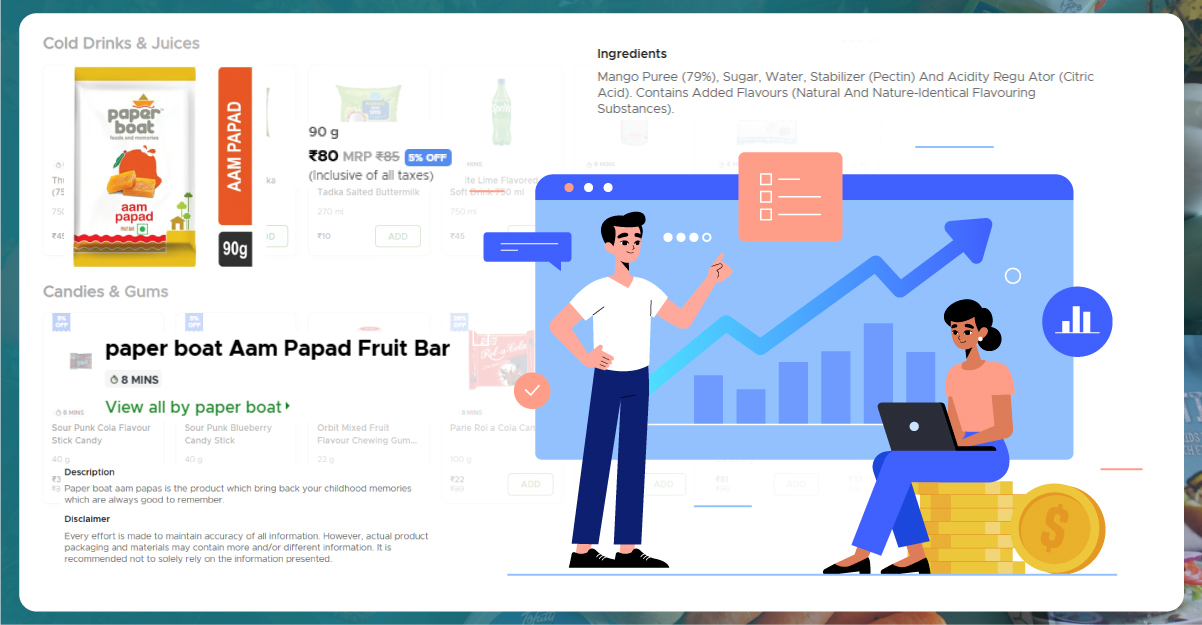
One of the most significant benefits of this technique is maximizing profits with food data extraction. By extracting real-time food cost data from multiple sources, businesses can identify cost-saving opportunities, such as finding cheaper suppliers or adjusting prices to reflect changes in the market. Whether for a restaurant menu, grocery store pricing, or food delivery service, food price extraction enables businesses to stay informed about their costs and make informed decisions about their pricing strategies.
By analyzing price data over time, businesses can identify trends in the food market, such as which items have higher demand during certain seasons or which products are more susceptible to price fluctuations. This can help businesses optimize pricing strategies, identify high-margin products, and reduce waste. The ability to predict price changes before they occur can also be a competitive advantage, allowing businesses to adjust their prices proactively rather than reactively.

As competition in the food industry intensifies, the need for real-time data to inform business decisions has never been more critical. Extract real-time food cost data to provide businesses with a competitive edge by allowing them to monitor changes in food prices before their competitors do. By scraping food prices from multiple platforms, businesses can benchmark their pricing against competitors and ensure they remain competitive in an increasingly crowded marketplace.
Real-time data extraction also allows businesses to monitor the effects of external factors, such as supply chain disruptions or global events, on food prices. This ability to anticipate price changes helps businesses make better purchasing decisions, adjust menu prices, and avoid unnecessary costs. Moreover, it enables businesses to set more accurate budgets and financial forecasts, ensuring profitability even during periods of price volatility.
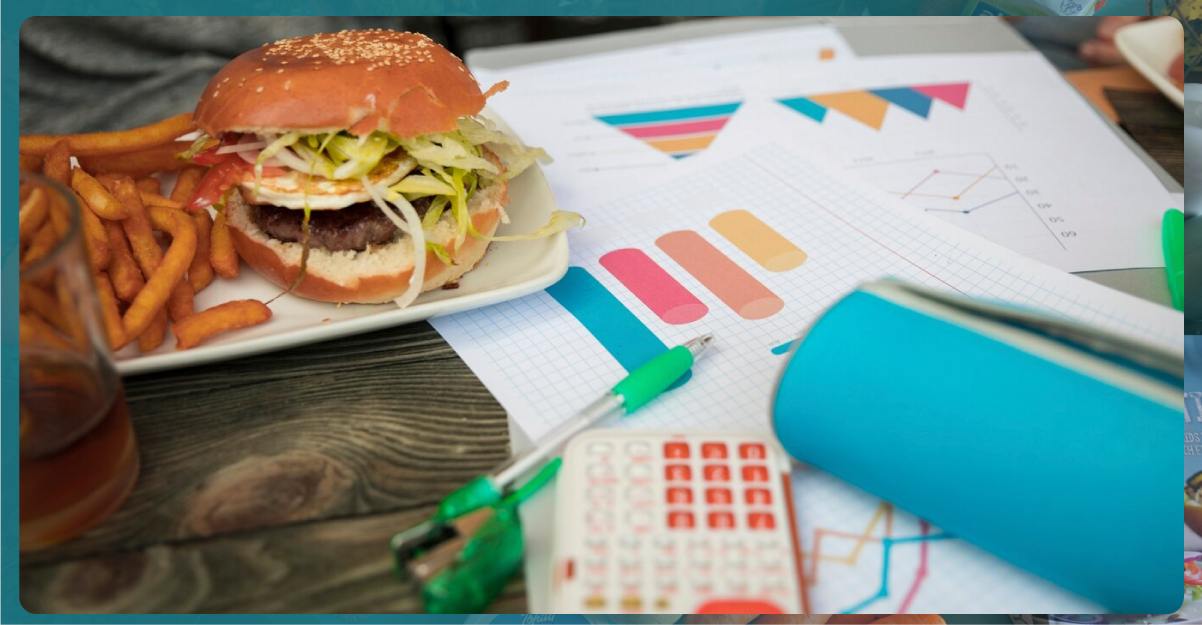
To meet the growing demand for data-driven decision-making, food data scraping services have emerged as a valuable resource for businesses across the food industry. These services offer customized solutions for extracting food price data from various sources, including online grocery stores, supermarkets, and food delivery apps. Businesses can gain a competitive edge by using these services to access valuable insights into food pricing, customer preferences, and market trends.
Food data scraping services provide access to pricing information and offer advanced analytics capabilities. With the help of data scraping, businesses can aggregate and analyze vast amounts of food price data, allowing them to gain deeper insights into the market. This can lead to more informed decisions regarding supplier selection, inventory management, and pricing strategies, ultimately boosting profitability and ensuring long-term success.
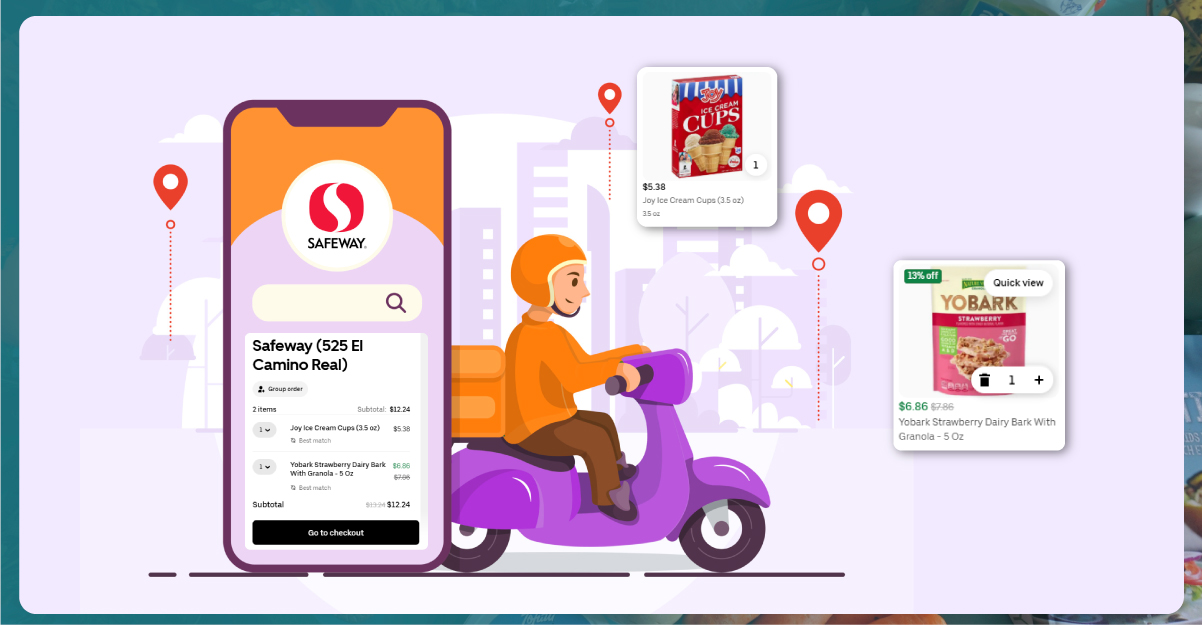
With the rise of food delivery services, the ability to track and analyze food prices has become even more crucial. Food delivery data intelligence involves collecting pricing and other relevant data from food delivery platforms, enabling businesses to optimize their pricing strategies and improve customer experience. By scraping data from popular delivery platforms, companies can track the costs of meals, delivery charges, and promotional offers in real time. Food delivery data intelligence allows businesses to adjust their pricing strategies based on customer behavior, competitor pricing, and market trends. For instance, by monitoring competitors' promotional campaigns, businesses can adjust their pricing or introduce new offers to attract more customers. Similarly, real-time data on delivery fees and meal prices can help businesses optimize their menu prices to increase profitability while maintaining customer satisfaction.
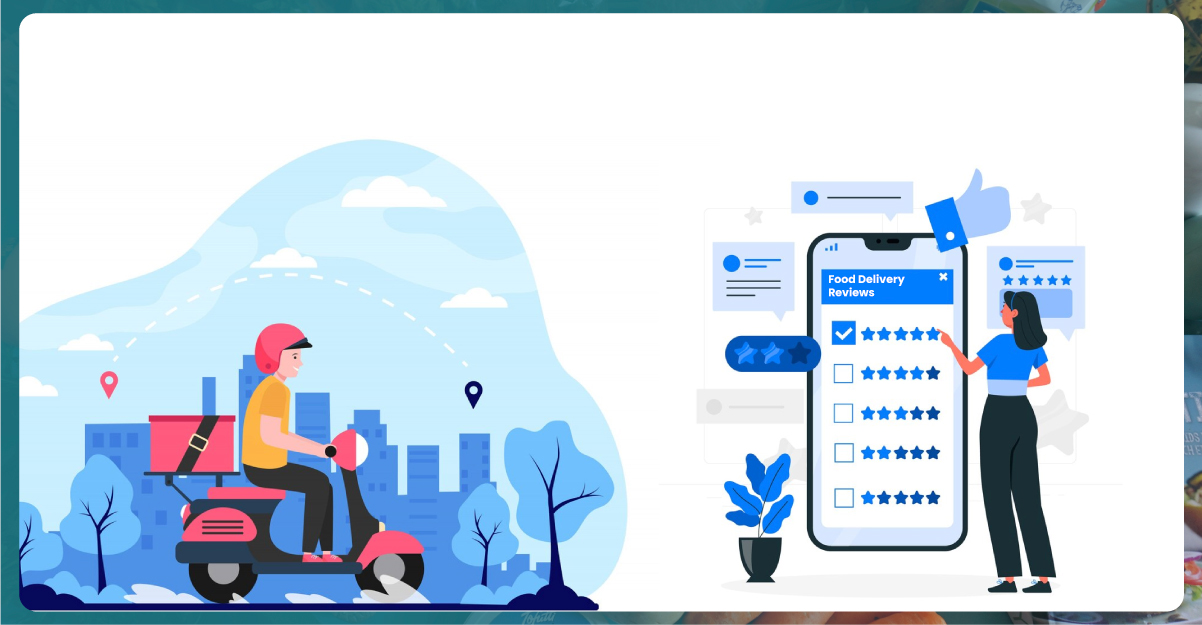
Food delivery apps have become an essential part of the food industry, offering convenience to consumers and providing businesses with valuable data. Collecting food delivery app datasets allows businesses to track pricing trends, monitor consumer preferences, and identify popular menu items. This data can be used to optimize menu pricing, adjust delivery fees, and develop targeted marketing campaigns.
For instance, analyzing customer reviews, ratings, and feedback on food delivery platforms can give businesses insights into which menu items are performing well and which ones may need adjustments. By leveraging food delivery app datasets, businesses can make data-driven decisions that improve customer satisfaction, optimize profitability, and stay ahead of the competition.
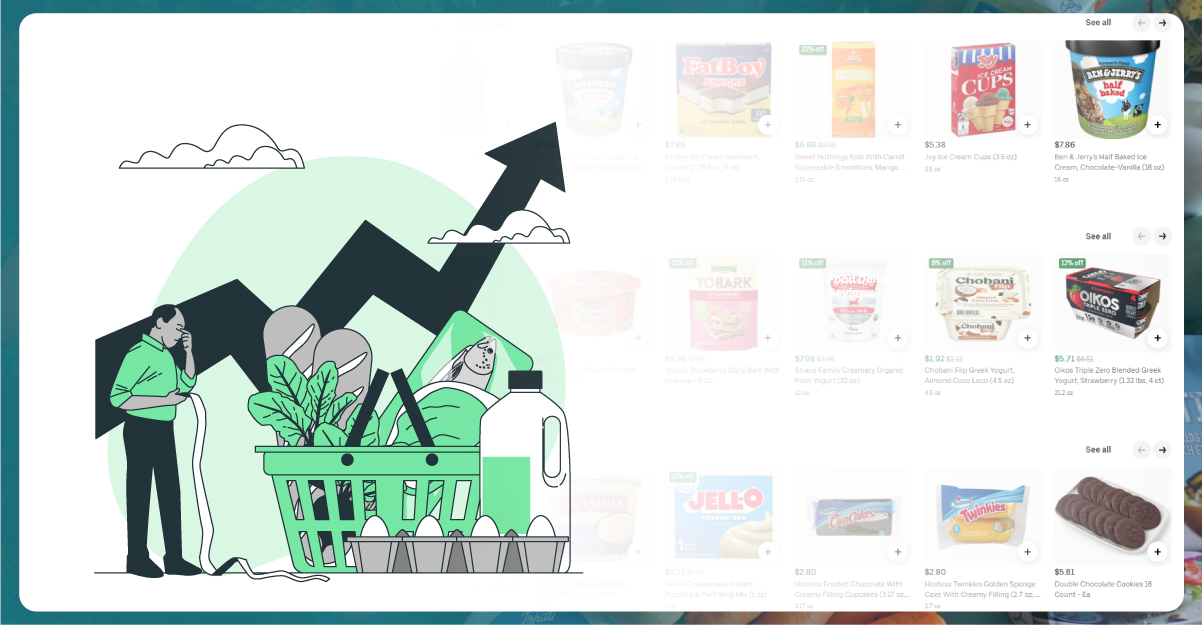
Despite the numerous benefits, food price scraping does come with its challenges. One of the main hurdles is dealing with websites that employ anti-scraping measures, such as CAPTCHA, IP blocking, or rate-limiting. Businesses often use advanced scraping tools and techniques to bypass these measures and collect data efficiently to overcome these barriers. Another challenge is ensuring the accuracy and quality of the scraped data. Since food prices can vary depending on location, time of day, and promotional offers, businesses must ensure that the data collected is reliable and representative of the broader market trends. It is essential to clean and validate the data to ensure it is accurate and up-to-date.
Finally, businesses must be mindful of the legal and ethical implications of food price scraping. While data scraping can provide valuable insights, ensuring that scraping activities comply with relevant laws and regulations is crucial. This includes respecting website terms of service and data privacy laws to avoid potential legal consequences.
Food price scraping has become a vital tool for businesses in 2025, helping them navigate the complexities of the food market and make data-driven decisions. By leveraging web scraping techniques to monitor food prices in real time, businesses can optimize their pricing strategies, maximize profits, and stay ahead of competitors. Through food data scraping services, the insights gained from food price scraping provide businesses with the knowledge they need to succeed in an increasingly competitive and unpredictable market. As the food industry continues to evolve, food price scraping will remain essential for businesses seeking to thrive in 2025 and beyond.
Experience top-notch web scraping service and mobile app scraping solutions with iWeb Data Scraping. Our skilled team excels in extracting various data sets, including retail store locations and beyond. Connect with us today to learn how our customized services can address your unique project needs, delivering the highest efficiency and dependability for all your data requirements.